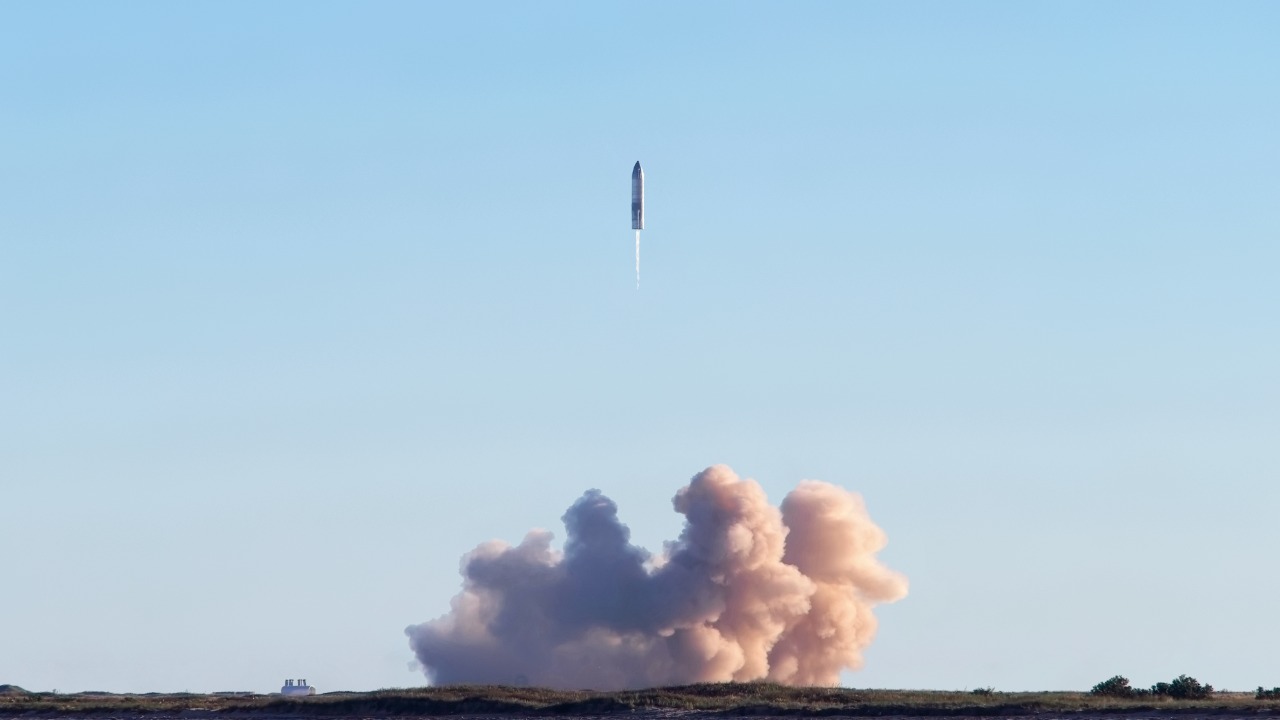
SpaceX’s Starship has successfully completed its 11th test flight, marking a significant milestone in the development of the fully reusable rocket system. The flight demonstrated enhanced capabilities in the Starship Version 3 (V3), including improved payload capacity and reliability for interplanetary travel. This success paves the way for upcoming NASA collaborations and commercial launches.
Flight 11 Highlights
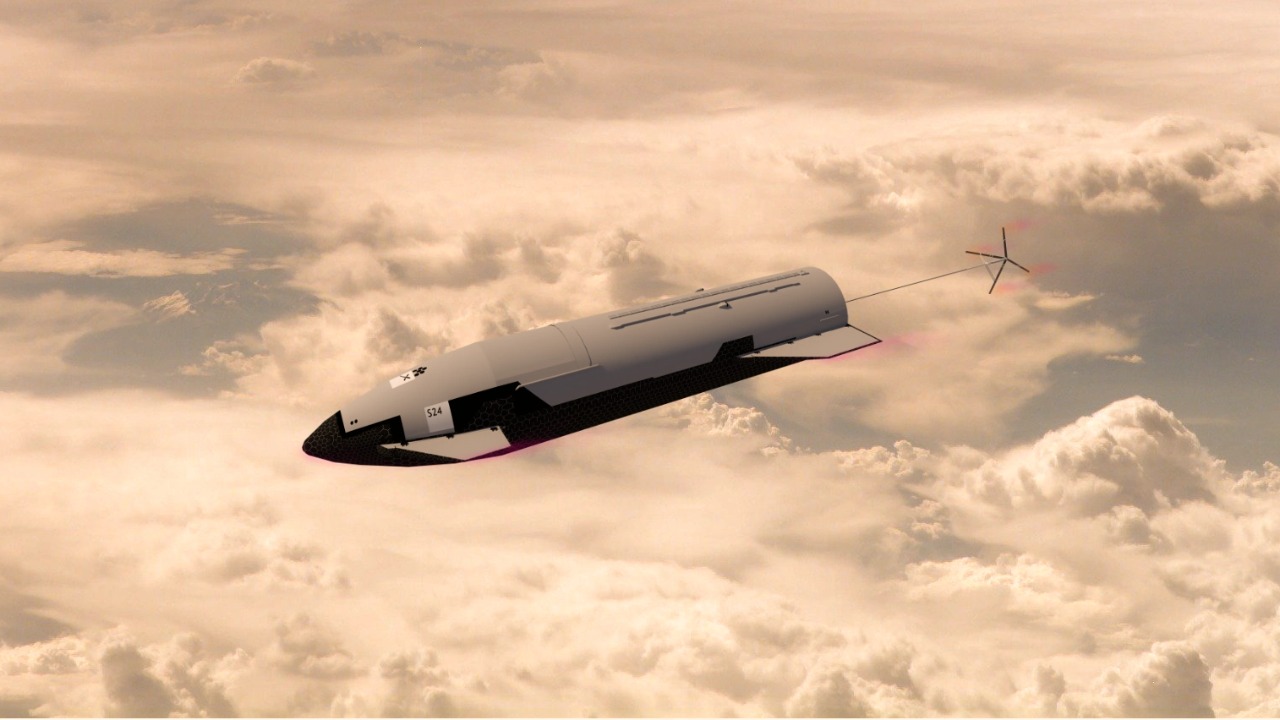
The 11th test flight of SpaceX’s Starship showcased key performance metrics such as the rocket’s height, thrust output, and successful booster separation during ascent from the Starbase launch site in Boca Chica, Texas. The payload deployment simulation and re-entry maneuvers validated the heat shield’s durability under extreme conditions, a crucial factor for interplanetary missions USA Today reports.
Elon Musk, the CEO of SpaceX, expressed his satisfaction with the data collected from the flight, emphasizing how it exceeded expectations for orbital insertion accuracy. This successful test flight not only marks a significant step forward in the development of the Starship but also provides valuable data for future missions.
Upgrades in Starship Version 3
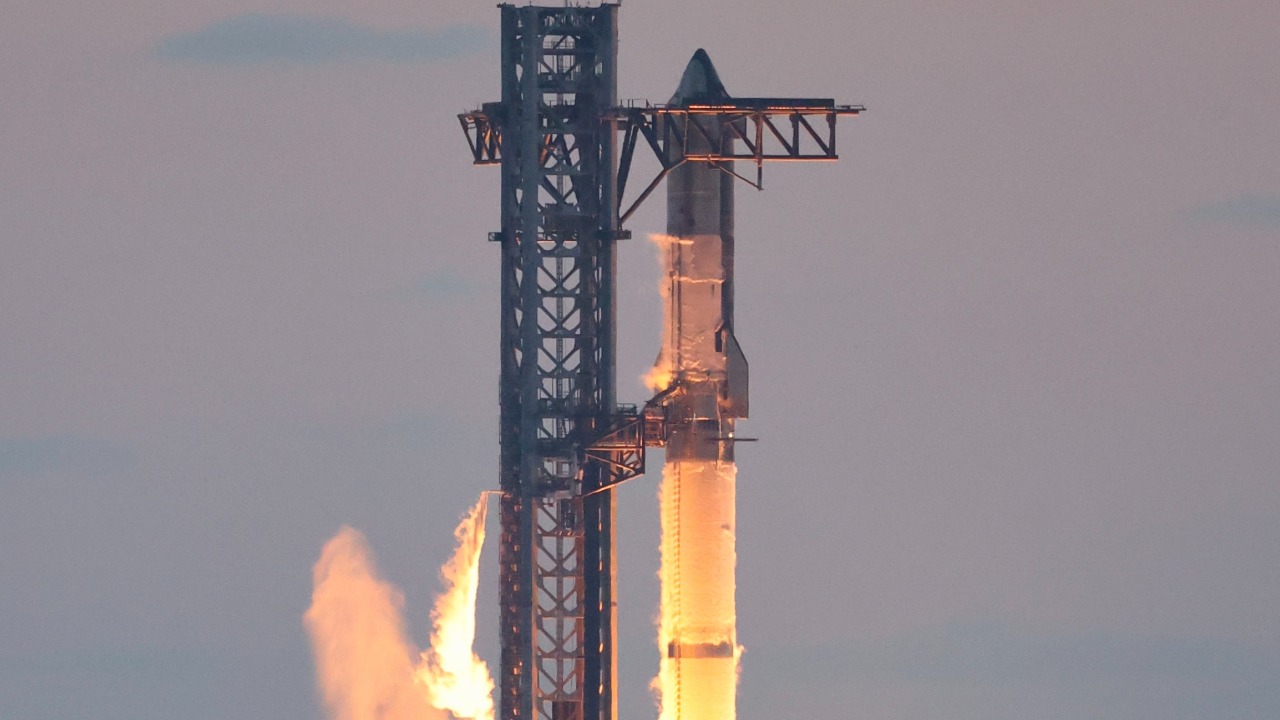
The Starship Version 3 (V3) comes with several structural enhancements, including an increased diameter and a new material composition that allows for greater propellant volume without compromising weight. These upgrades are crucial for the rocket’s ability to carry larger payloads and travel further distances.
One of the key upgrades in V3 is the iteration of the Raptor engine. The full-flow staged combustion cycle has boosted efficiency by specific percentages in vacuum performance, according to Space.com. Additionally, new avionics systems have been integrated for autonomous operations, as evidenced by the telemetry shared in official updates.
Path to NASA Artemis Program
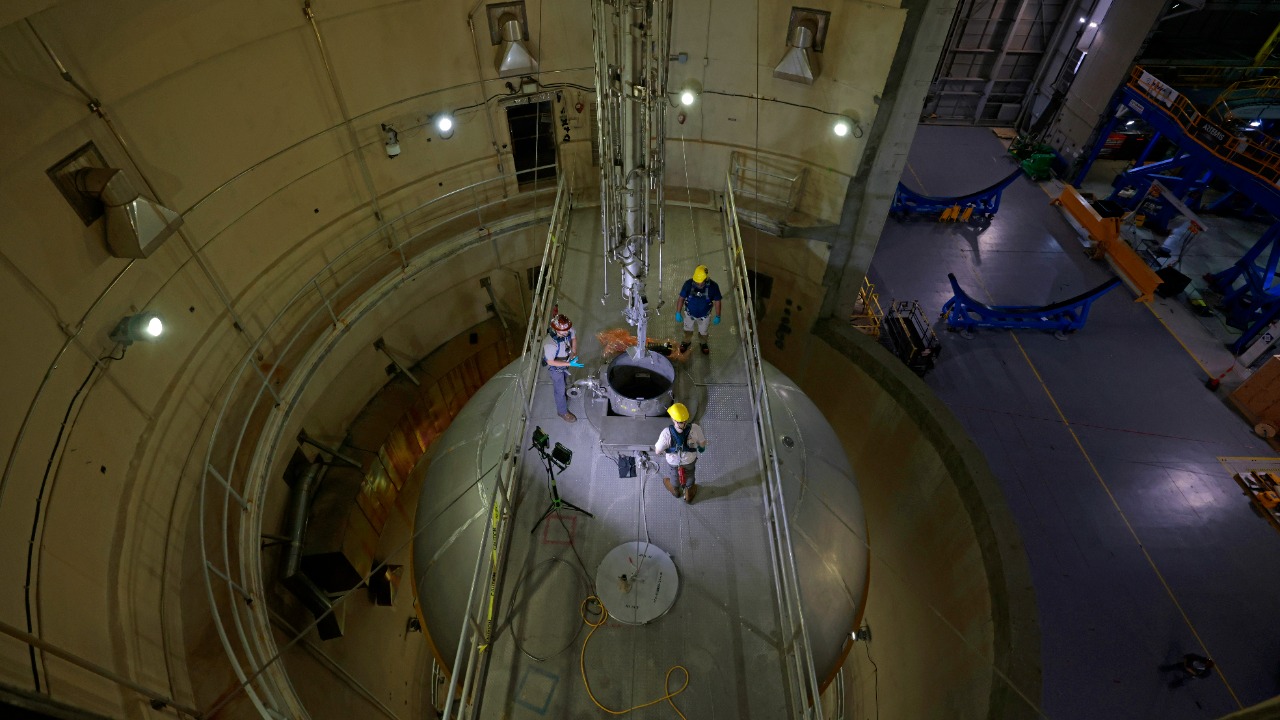
With its enhanced capabilities, Starship is set to play a crucial role as the Human Landing System (HLS) for NASA’s Artemis III mission. The timelines for crewed lunar landings are targeted post-2026. The successful Flight 11 has met several milestones outlined in the $2.89 billion contract with NASA, accelerating the certification process TS2 Space reports.
Joint simulations with NASA engineers on lunar orbit rendezvous procedures have been informed by the data from this flight. This collaboration is expected to enhance the safety and success of future lunar missions.
Commercial and Satellite Deployment Plans
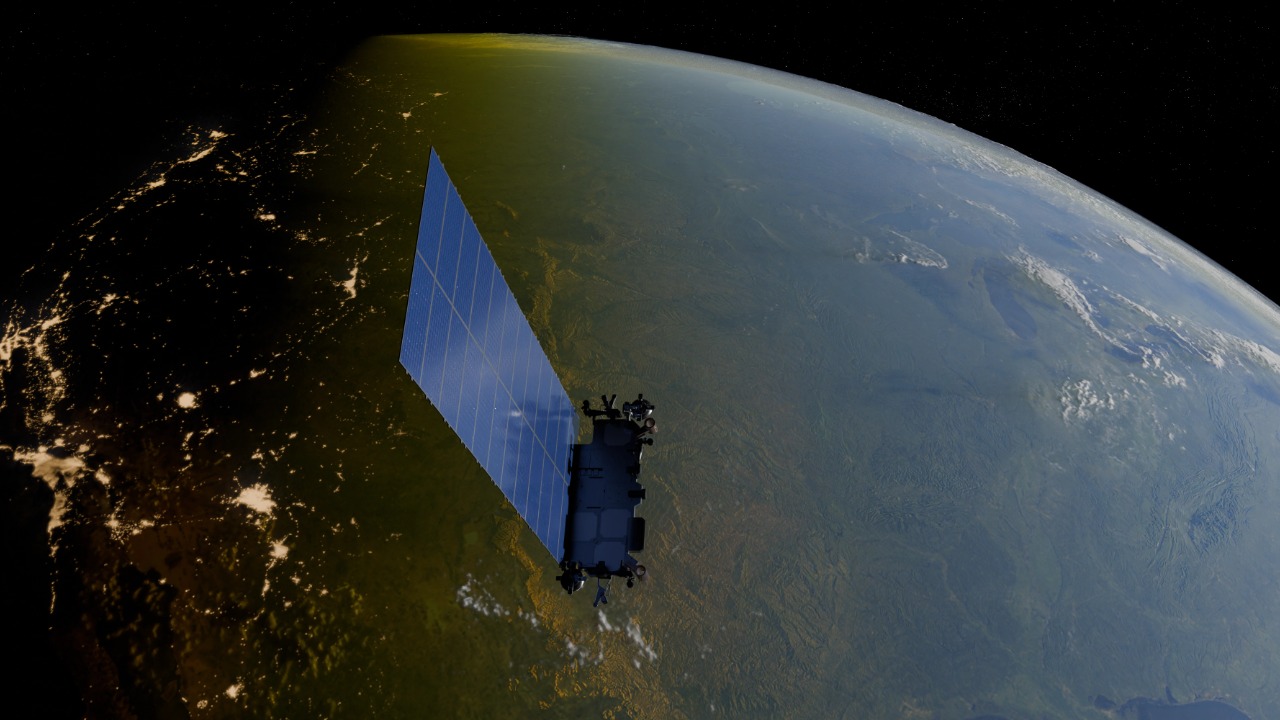
Starship’s potential extends beyond lunar missions. It is also expected to play a significant role in deploying Starlink constellations, with capacity for up to 400 satellites per launch in future iterations. This will significantly boost the global broadband network.
Partnerships with telecom firms like TS2 Space are in the pipeline for global broadband expansion. The rocket’s reusability is expected to reduce costs significantly, making space-based internet more accessible. Plans for in-orbit refueling demonstrations in the next flight series are also underway to enable high-value commercial payloads TS2 Space reports.
Challenges and Regulatory Hurdles
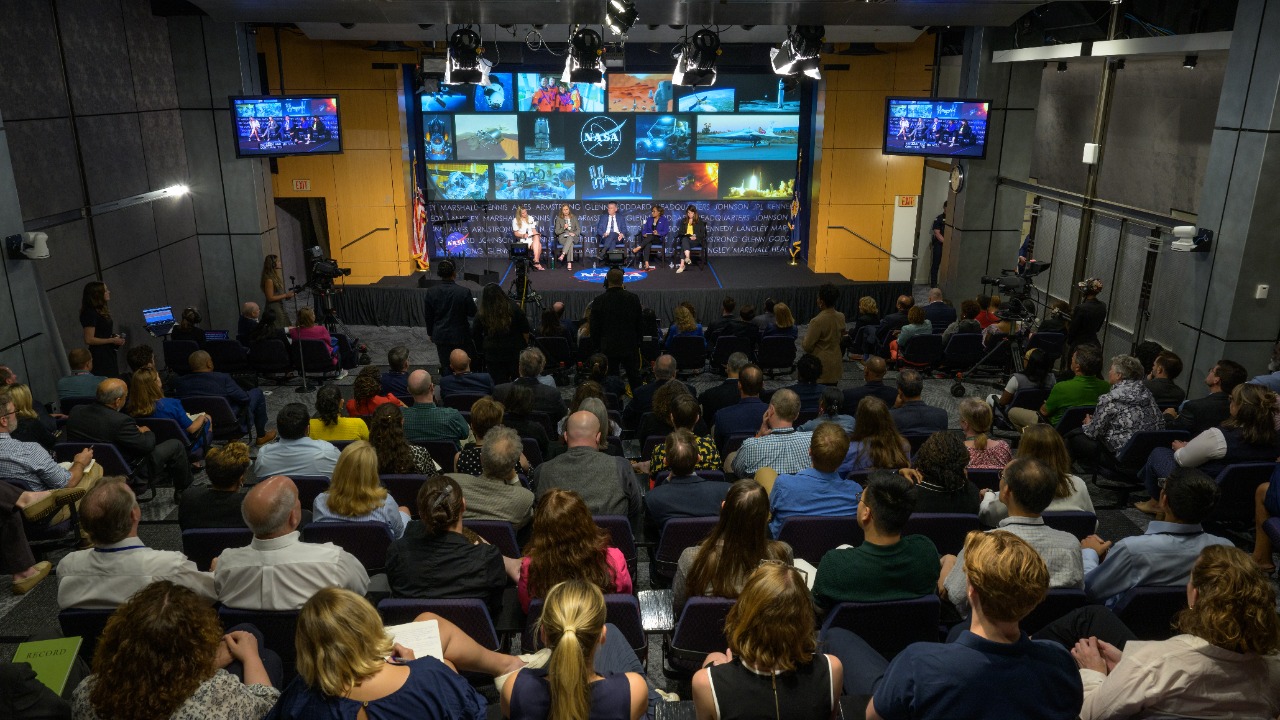
Despite the successful Flight 11, SpaceX still faces several challenges and regulatory hurdles. The Federal Aviation Administration (FAA) has licensing requirements that include environmental impact assessments at the Boca Chica site. Lessons from past anomalies, such as engine-out scenarios from Flight 10 on August 26, 2025, have been mitigated, according to CNN.
International regulatory alignment for Mars missions, including spectrum allocation for communications, is another challenge that SpaceX needs to address. Despite these hurdles, the company remains committed to its vision of interplanetary travel.
Vision for Mars Colonization
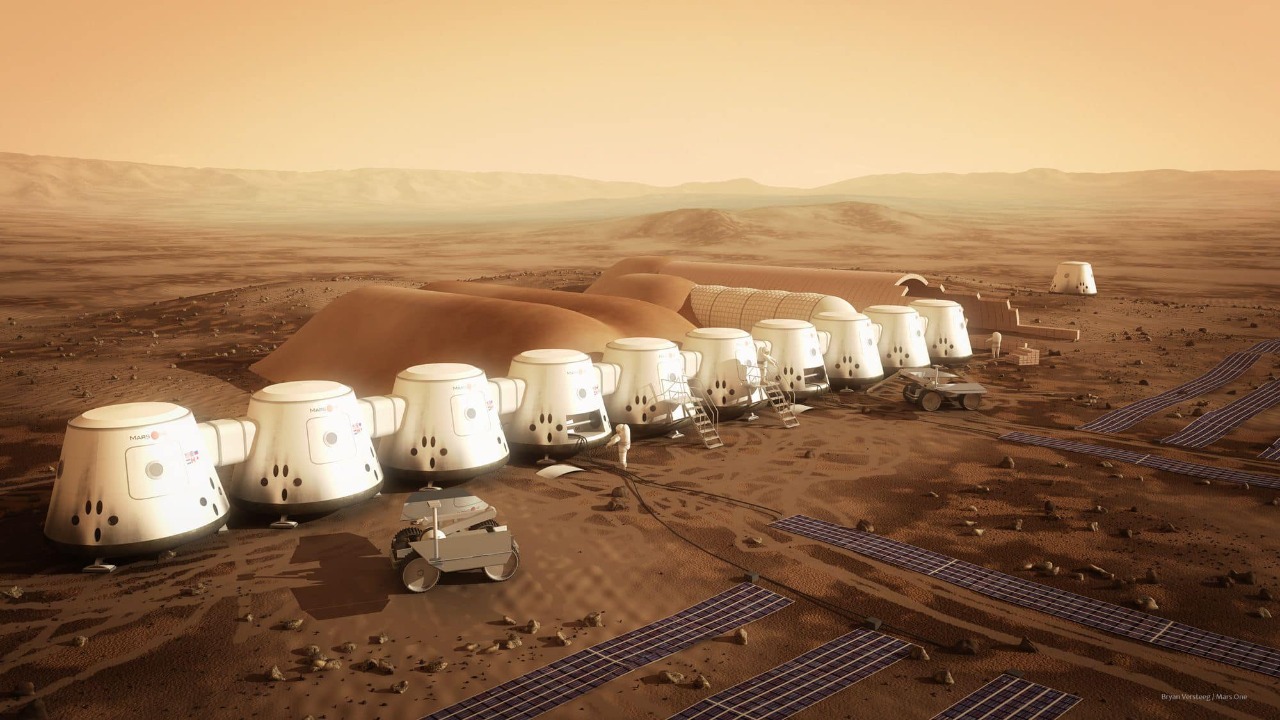
SpaceX’s long-term vision involves uncrewed Mars cargo missions starting in 2026. Starship’s 100-tonne payload capacity will enable the transport of habitat modules, paving the way for Mars colonization. The scalability goals include fleet production at Starbase to support 1,000 ships for a self-sustaining city, as reported by Space.com.
Expert perspectives from SpaceX highlight the importance of in-situ resource utilization, which was tested via Flight 11’s propellant transfer simulations. This technology is crucial for establishing a sustainable presence on Mars, as it allows for the production of essential resources on-site.